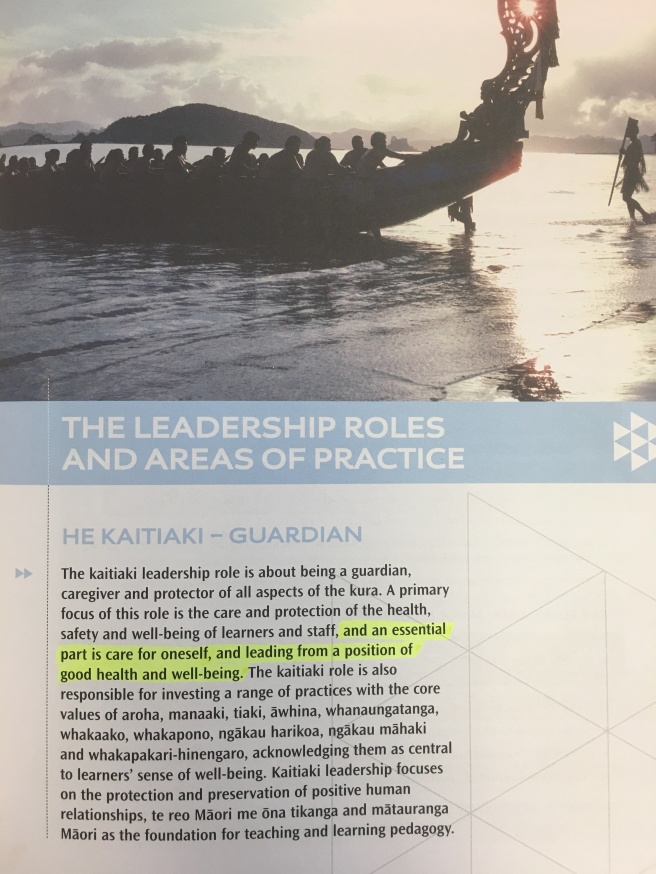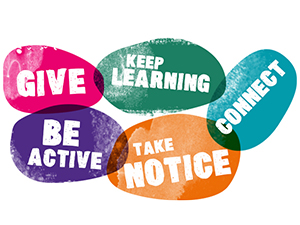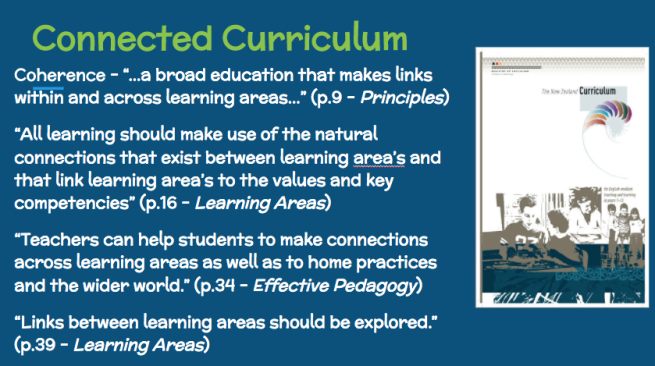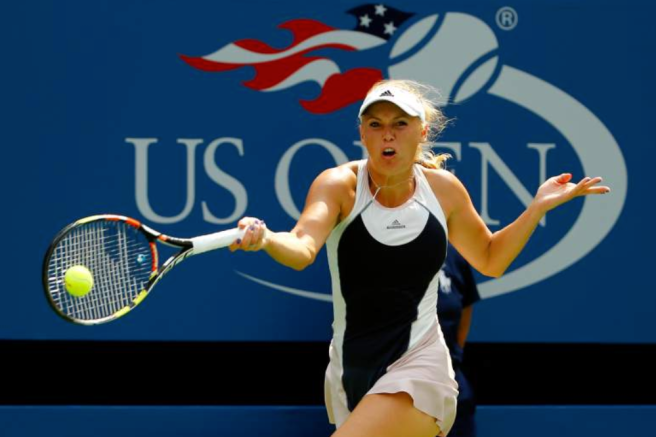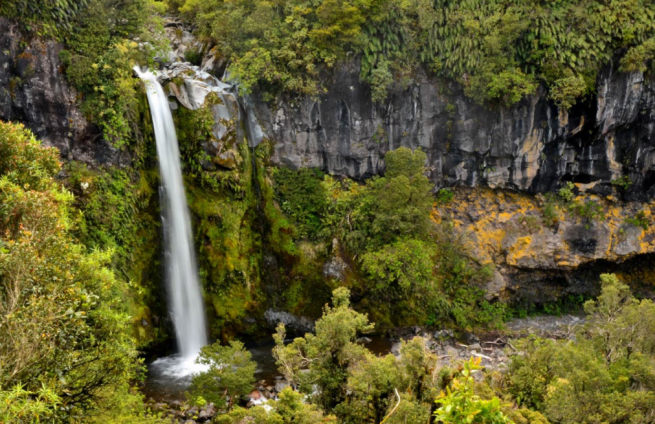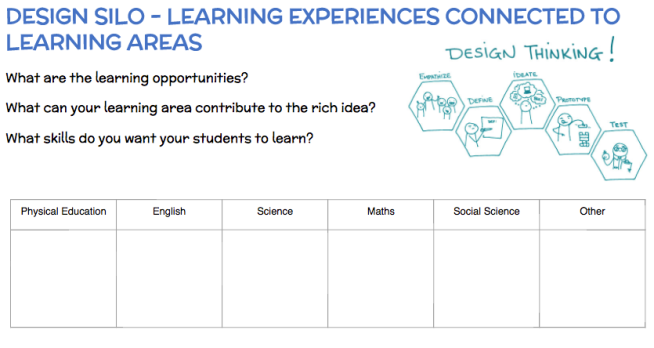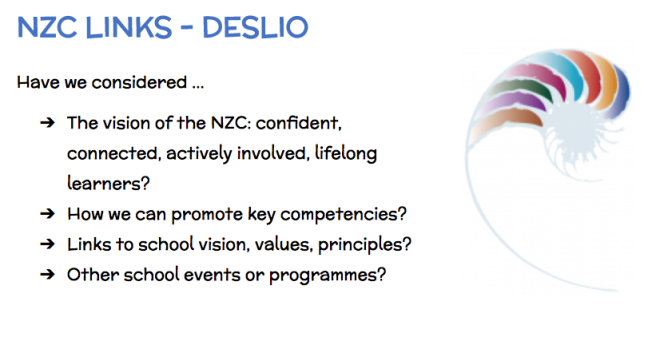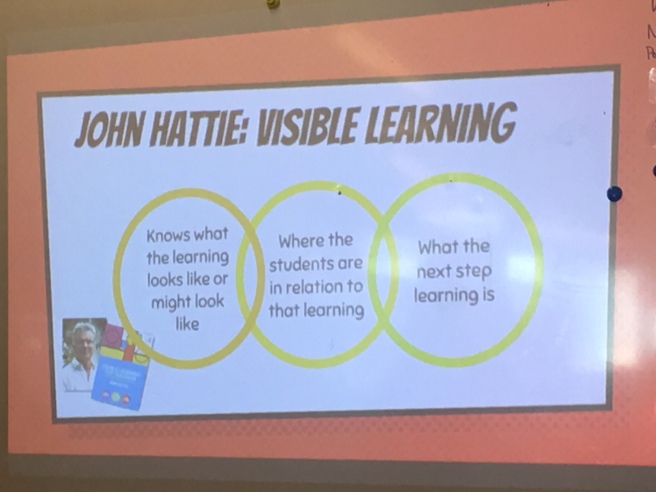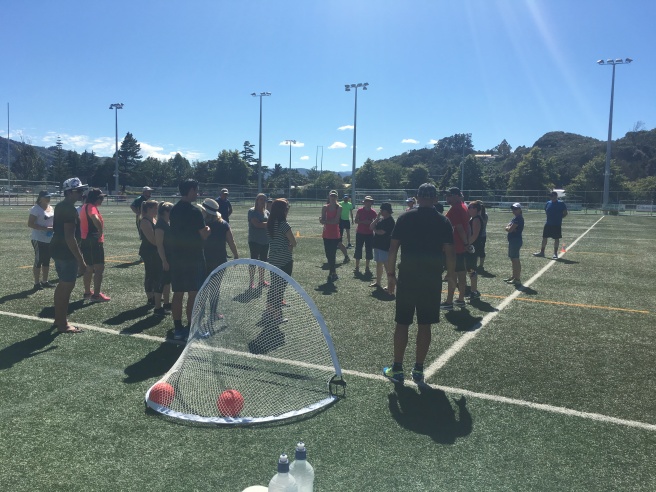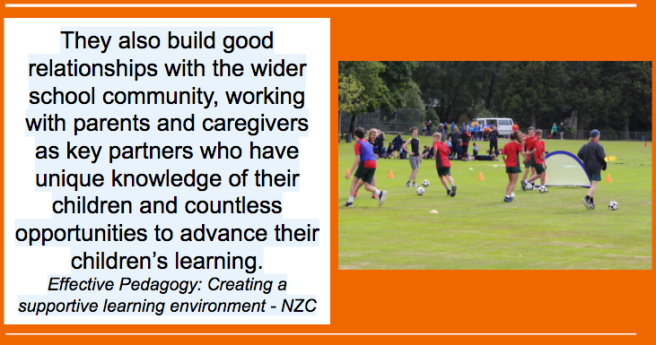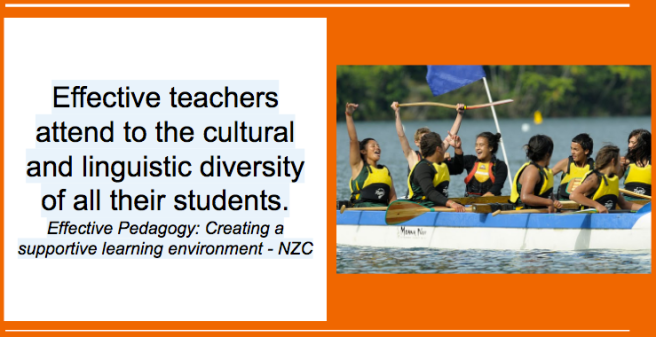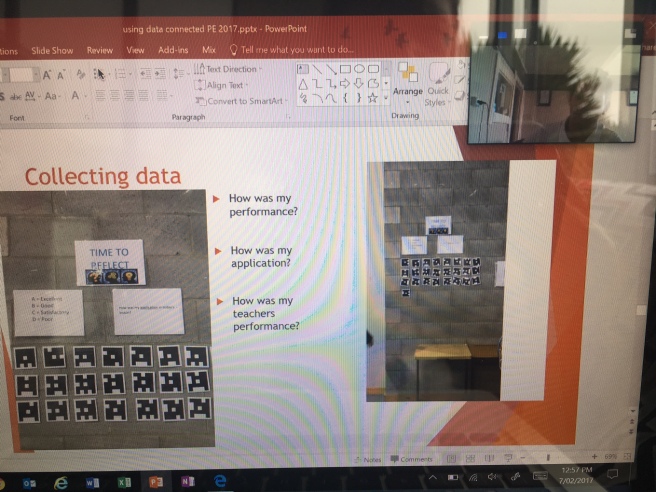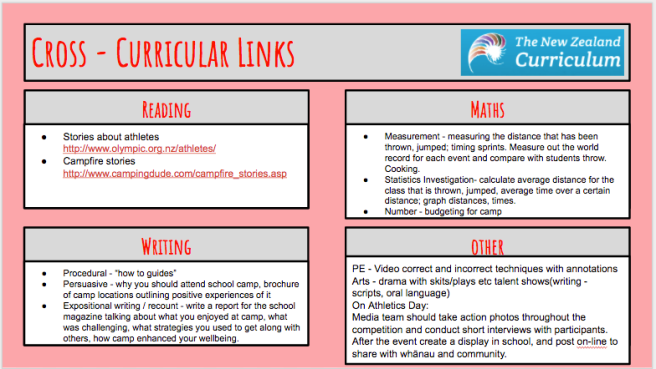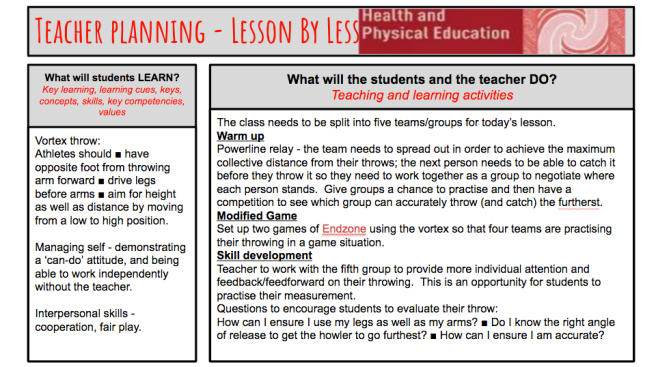Some might be wondering what Sir Graham Henry could possibly have to offer a room full of Educational leaders, and I do believe there were some in the room who could not get past his ‘All Blacks Coach’ identity. However for me, beyond the fact that I happen to enjoy watching the All Blacks and think that leadership is leadership and there are lessons to be learned regardless of the context, Sir Graham connected with me because he is a graduate of the University of Otago School of Physical Education (me too), he started his career as a Physical Education teacher (me too) and went on to become a Secondary School Principal (not me… yet?).
Sir Graham set the scene by comparing the school environment to the AB’s environment; that a school Principal might be seen as the coach, that their SLT/middle leadership team were akin to the ABs leadership group, that teachers equate to the team/players, and that our students, or confident, connected, actively involved life-long learners, are the result we want to see.
Sir Graham talked about the importance of having a clear purpose; ‘what are we here for?’ This needs to be set by the leadership team, and everyone needs to be on the same page. For the AB’s this was ‘GOAT’ – Greatest of All Time. Initially this was confined to being the greatest rugby team of all time, but soon they aspired to being the greatest sporting team of all time. Aspiration for a school is hugely important. But how often is time given to school leaders and school communities to really consider their aspiration, agree on it, plan for it, and then live the aspiration; constantly messaging to the school community that this is what we aspire to and celebrate the achievements made.
The set of behaviours to achieve the aspiration comes down to culture, and these are the behaviours that the ABs live by:
- Humility – “Better never stops”, always striving for self-improvement
- Respect – for the past, for the guy standing next to you, for what you can contribute to the legacy
- Solution focused mentality – no excuses, no blaming -> find a solution.
- Process driven and player driven.
- Integration – team of players who integrate new players into the team. (Do we do this well enough in schools? Or do we only do this for our BT’s? How do we mentor new teachers to a school? How do we integrate new staff into the culture of the school, not just the administration?)
- Talk about the elephant in the room – what is holding us back? In 2004 this was a question presented to the ABs – the reply was that they love being an All Black and feel privileged to wear the black jersey, BUT they didn’t like the culture and expectations around drinking and court sessions. How might teachers respond to this question? ‘I love being a teacher and working with young people but…’ I don’t feel valued? I don’t have any opportunities to be innovative, to lead, to take risks? I’m exhausted? How do we effect change in a school with a negative culture that impacts on staff and students? How might school leaders recognise when the culture has turned negative?
- Disagree and commit – in a leadership group there is not always going to be unanimous agreement, but those in the minority need to respect the group decision and commit to it.
“Culture eats strategy for breakfast”, says Sir Graham. But that is not to say that strategy is not important. And one of the most important strategies is to connect with each other – within the ABs and then across the Super Rugby Teams. Connections across the Super Rugby franchises, despite the fact they compete against each other, was important to ensure the best outcomes for the ABs. This made me think about ‘Educational Outcomes for ALL New Zealanders’ being the equivalent of ABs success and therefore the importance of connecting across schools in communities and NZ to ensure every student in that community had access to the best possible educational opportunities. This is happening in some Communities of Learning (CoL’s) and clusters of schools throughout NZ. But there is also still a high level of competitiveness amongst schools, and lack of collaboration still across primary and secondary, that is a barrier to true connection.
Across the schools I am working in I have seen a huge variance in ‘within school’ connectedness. In some schools teachers have little to no idea what is happening beyond their hub, syndicate or department, and recently I have seen this lead to massive tension when one syndicate was seen to be trying something new, and others felt it had not been communicated to them and that it potentially had a big impact on them and their (future) learners. In another school I see the other end of the spectrum, where they start their staff meetings in a new hub each time, and they walk through each learning space in that hub and each teacher talks about something they and their learners are doing/trying, what’s working and what’s not. Every teacher in that school is connected to the learning that is taking place across the school, and that has to have a massive positive impact on the culture of the school and the outcomes for the school community.
Further strategies:
- Individual self improvement “Better never stops” – keep it simple; keep doing, stop doing, start doing. If not doing that, how do you get better?
- Exercise everyday -> feel good! It was so refreshing and encouraging to hear Sir Graham advocate for physical activity and state that ‘the connection between mental wellbeing and physical activity is massive’. He also made the link between physical activity, wellbeing, and resilience, and is a huge advocate for Physical Education.
- Identify the critical few ‘rocks’ that will have the biggest impact – Don’t get distracted by the sideshows.
- Mentors (a problem shared is a problem halved) – Sir Graham Henry’s mentor was Sir John Graham, for whom leadership is about developing others, growing future leaders, and giving people opportunities to excel.
- Mental skills to handle the unexpected.
The All Blacks have several layers of leadership, and they have found that the more leadership (leaders), the greater the ownership and the better they played. This is a real challenge to education to consider how this might play out in schools – in what ways might we spread the leadership capacity to ensure that our schools are absolutely humming? Success in one area lifts success in other areas and lifts people’s self-esteem – give people (students and staff) an opportunity to be good at something; whether it be music, art, culture, sport etc.
To finish the session there was a challenge to Principals to be the role model for their school – be the best you can be.
My favourite take away from this session – “Better never stops”
